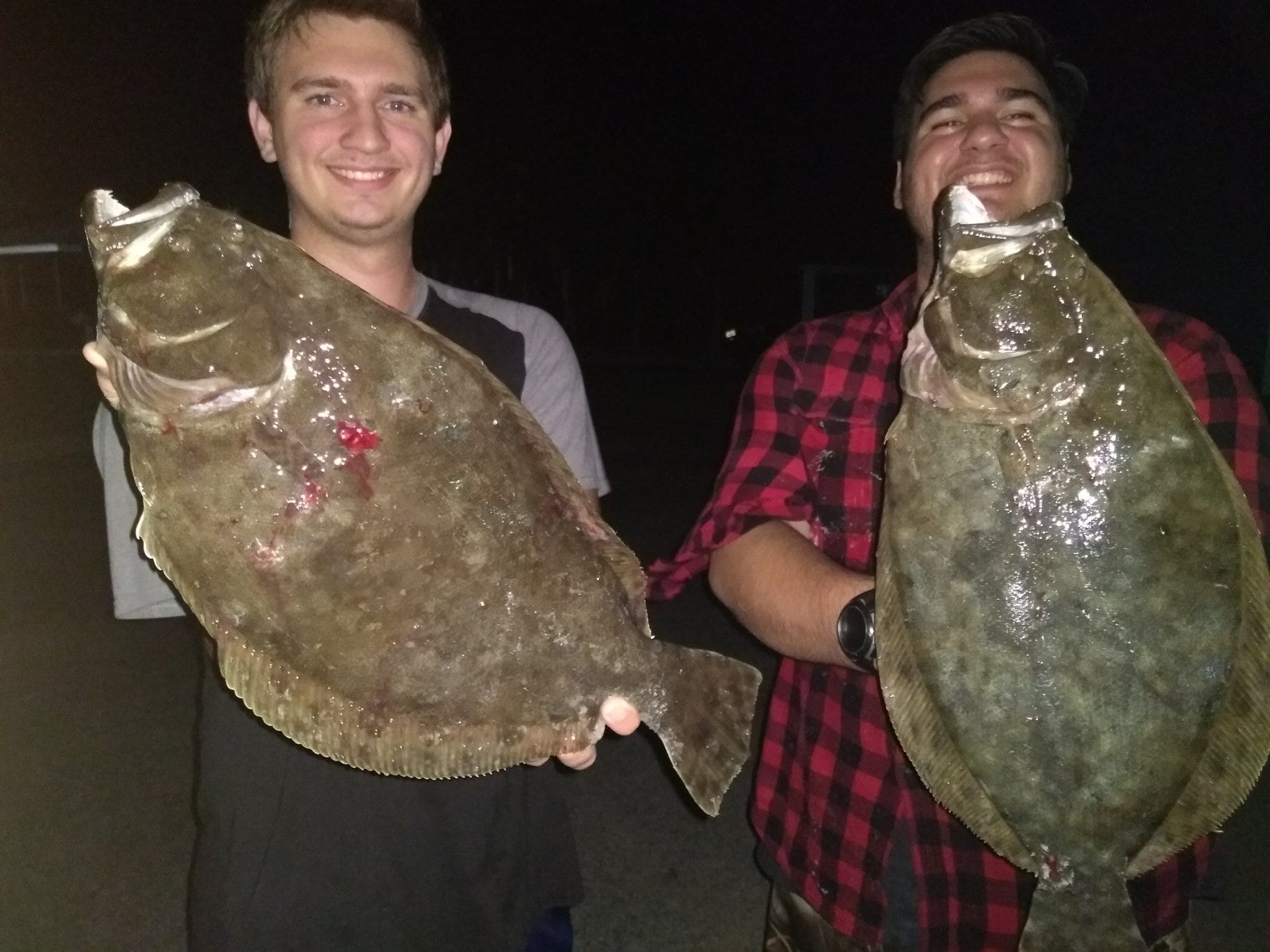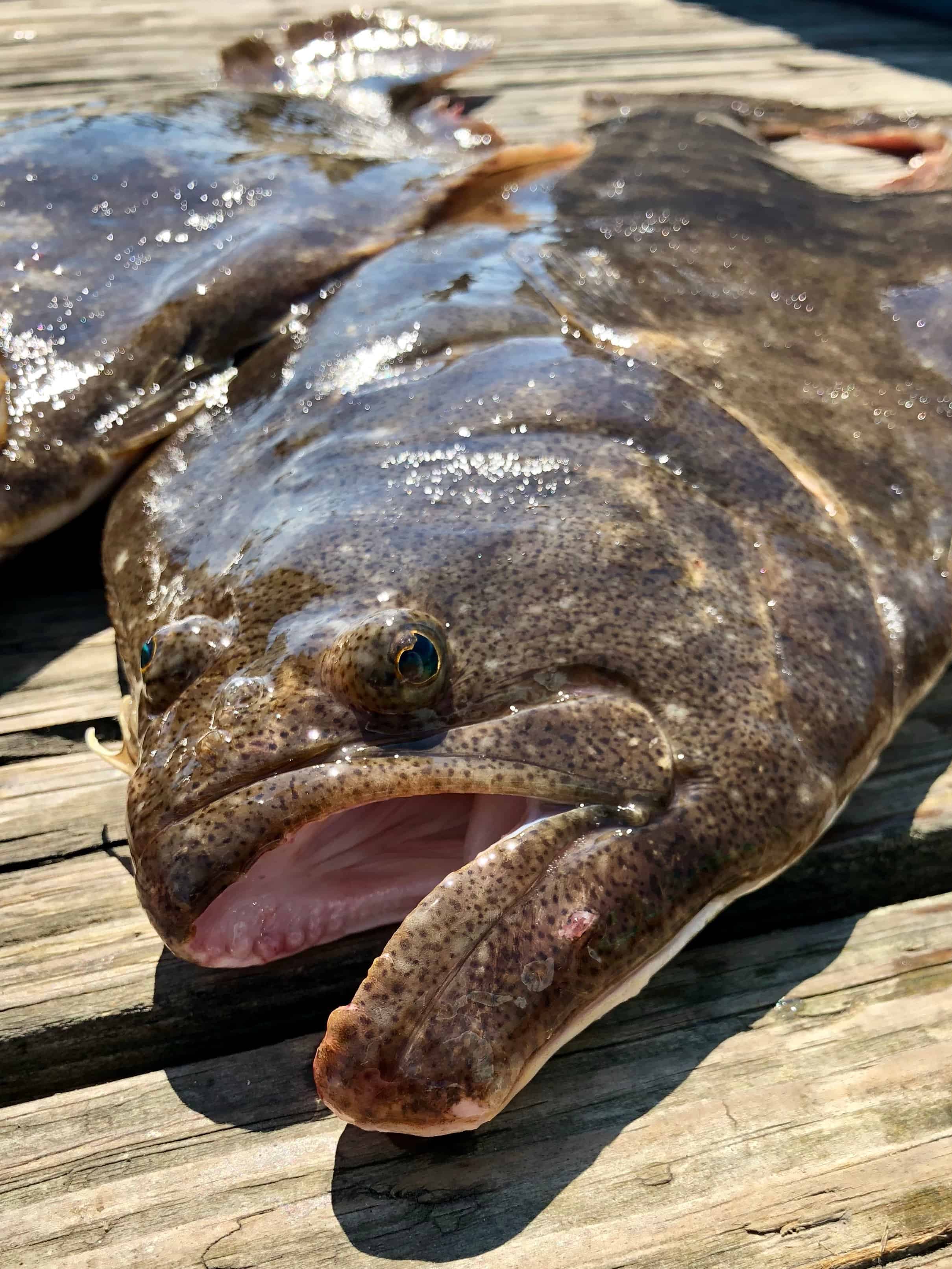

At this time of year, shore fishing is typically at its worst with flounder mostly being found 30 or more miles from shore where they hug the bottom. Winter and early spring is one of the most particular seasons for catching flounder on both sides of the country, with movement patterns being more frequent and centered around their spawning periods and cover-seeking tendencies.ĭepending on the species, flounder spawning happens as early as November and as late as February, where flounder can be found at depths between 60 and 200ft of water.

Seasonal Considerations and Water Temperature Winter This is especially the case during their spawning period between November and January, with their peak spawn typically being in December in the Gulf and Atlantic.įor a complete breakdown of the best times & seasons for San Diego fishing, please check out this helpful article. However, in the colder seasons (especially on the Atlantic and in the Gulf of Mexico), flounder will favor more significant depths 30-40 miles from shore, where they’ll typically be found at the bottom near rocky crops, sunk ships, and other kinds of covering habitat.

They tend to prefer the surface when surface temperatures are warmer than 58º and can be found at depths between 5 and 30 feet, with their position in the water column only varying based on their distance from the shore. Flounder can be found seeking crustaceans and small baitfish as near as 20-50 yards from the shore, making them one of the easiest fish to find in warmer seasons. Flounder Depth & Habitat by TemperatureĪs stated above, flounders have fairly straightforward movement patterns depending on ambient water temperature. This makes anything between the 58-68º perfect for flounder on the Pacific side. On the southern side, when surface temperatures hit above 70º, the flounder will typically move further out for protection against the heat. The North Pacific has similar effects on flounder feeding habits to the Atlantic, while the Southern Pacific is more generous throughout the year with flounders favoring the shore most of the time. This makes anything between the 55-62º temperature range arguably the best time for the Atlantic species, when they’re at their hungriest and most ready to seek bait. With the colder habitats on the Atlantic side, when the surface temperature dives below 58º Fahrenheit and begins to remain consistently cooler, flounder will begin to seek deeper water and find shelter near large rock piles and debris on the ocean floor.Īs surface water temperatures rise above that 60º mark again and become more steady in the late spring and summer, flounder will be found in numbers seeking food close to the shore. Flounder tend to be found near shore year-round but will slow down significantly and seek the steadier temperatures of the depths in the colder seasons on both sides of the country, making it generally easy to shift your fishing strategy for all species based on similar principles. One common theme among most flatfish is their metabolic response to temperature. On the West Coast, you can typically find California flounder and starry flounder. On the East coast, you have typically three species of flounder occupying the Gulf Coasts and the Atlantic, which are southern flounder, summer flounder, and winter flounder. While there are 5 different main species of flounder in the U.S., there is a particular pattern most flounder will follow when considering temperature changes, with their main difference being found in their spawning period. This article will cover how temperature affects flounder movement and feeding patterns, what kind of food sources they prefer at different temperatures, and things to look out for with weather and temperature patterns to improve your fishing experience.

Knowing how they behave in response to temperature changes can greatly improve your chances of landing a big one with the appropriate response in your angling style. Like all species of fish, flounder change their location and feeding pattern based on their ambient conditions, the most important of which is the ambient temperature of their body of water. The best water temperature for catching all species of flounder is generally between 55-68º F, although there are some noted differences in water temperature preferences between flounder of Atlantic, Pacific, and southern waters of the United States. Is there a preferred temperature range for flounder? Flounder are one of the best-eating and targeted ocean fish in both inshore and nearshore waters but understanding the best water temperatures and ranges will better improve your catch odds.


 0 kommentar(er)
0 kommentar(er)
